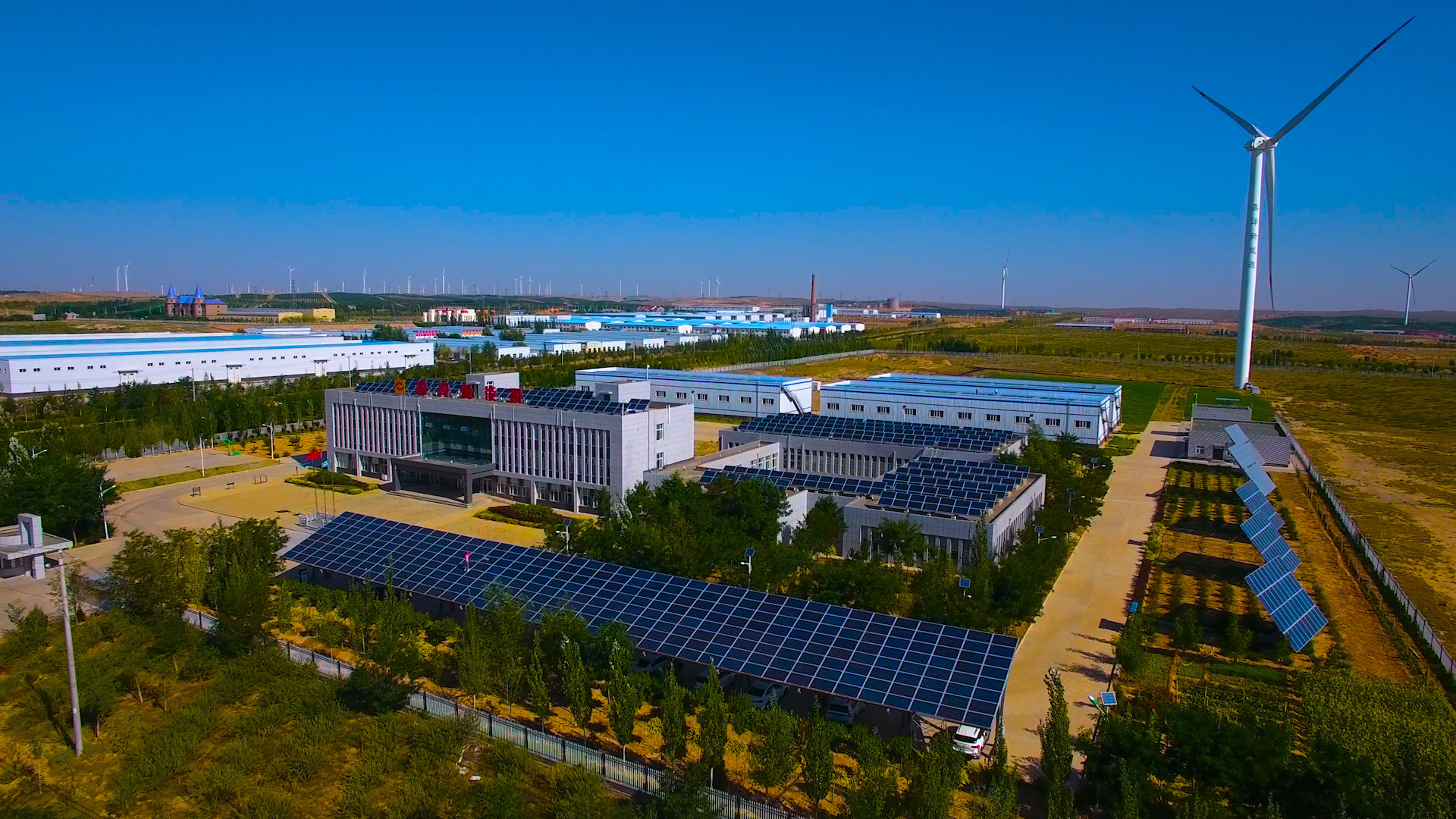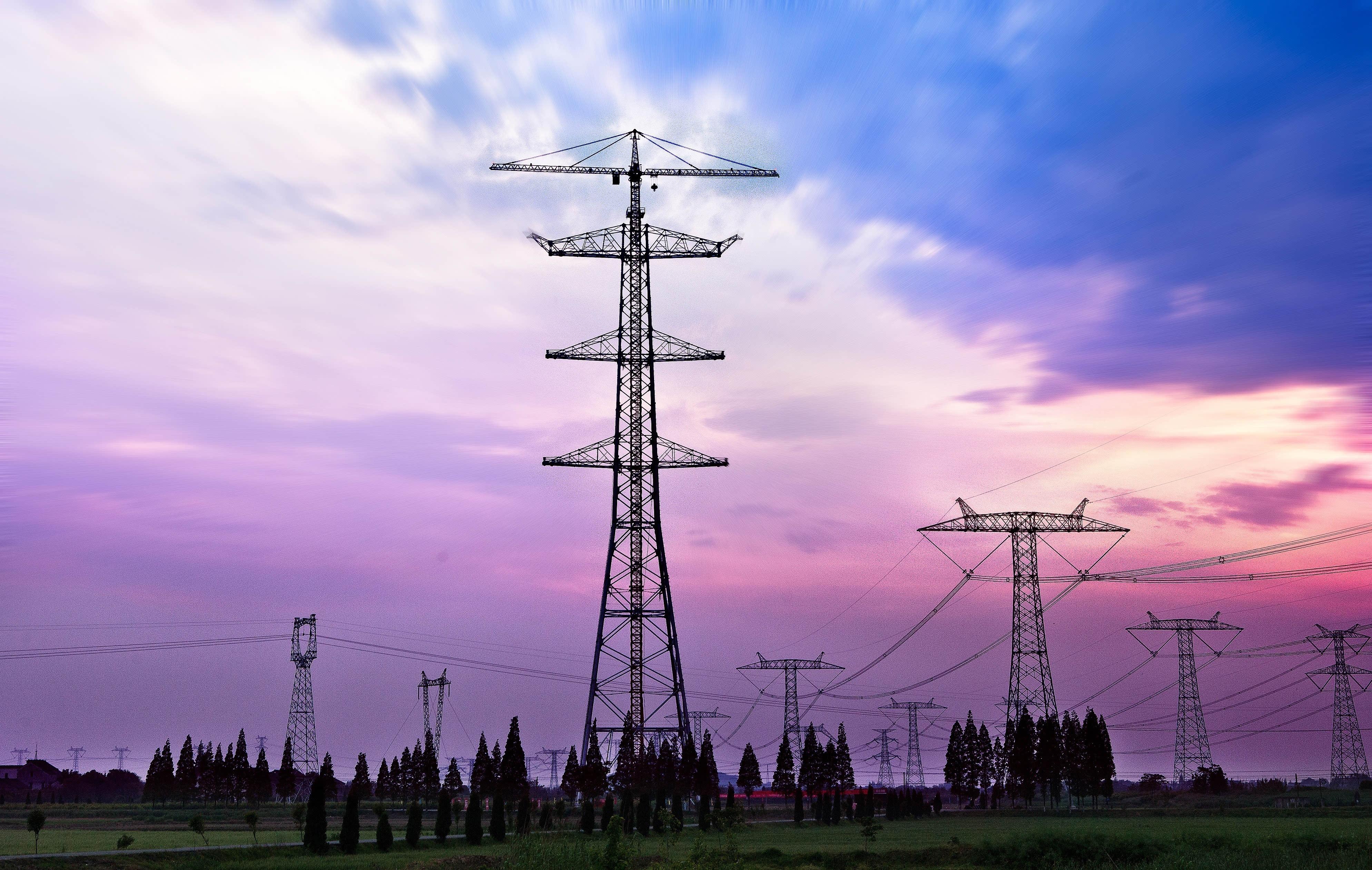
nov . 23, 2023 17:01 Terug naar lijst
De belangrijkste technologie van slimme microgrid
De ontwikkeling en implementatie van slimme microgrids zijn afhankelijk van verschillende sleuteltechnologieën. In de eerste plaats is het gebruik van nieuwe energie en technologieën voor de opwekking van hernieuwbare energie essentieel. Momenteel zijn slimme microgrids voornamelijk afhankelijk van verschillende hernieuwbare energiebronnen, zoals fotovoltaïsche energie en windenergie, maar ook van waterstof, aardgas en biogas. Deze volwassen energieopwekkingstechnologieën maken een gediversifieerde en duurzame energievoorziening mogelijk.
Secondly, energy storage plays a crucial role in microgrids. It helps to balance the intermittent nature of renewable energy sources by providing peak shaving and valley filling capabilities. Several energy storage technologies are currently being used, including battery energy storage, flywheel energy storage, superconducting magnetic energy storage, and supercapacitor energy storage. While lead-acid batteries are currently the most mature energy storage technology, they face issues such as short lifespan and lead pollution. However, the marketization of graphene batteries, which offer high energy, low cost, and high-quality performance, holds great promise for the future of energy storage in smart microgrids.

Ten derde verschilt de optimalisatie en distributie van energie in slimme microgrids van traditionele elektriciteitsnetwerken. Slimme microgrids maken gebruik van een horizontale meervoudige energie-complementaire optimalisatie-dispatching-technologie. Dit maakt het efficiënt gebruik van verschillende energiebeheersystemen mogelijk, waardoor thermische, elektriciteits- en koude-outputs worden gerealiseerd. Bovendien maakt het directe complementaire vervanging mogelijk tussen verschillende energiebronnen, zoals licht/elektriciteit, warmte/koude, wind/elektriciteit en directe/wisselstroomenergie-uitwisseling. De hiërarchische en ordelijke distributie van energie in de bron-opslag-belastingverbindingen zorgt voor een optimale efficiëntie van het energiegebruik.
Lastly, smart microgrids require effective protection and control technologies. With multiple power sources and loads in operation, adjustments and control through the energy storage system or the external power grid are necessary to accommodate load changes and power supply fluctuations. The microgrid control center handles the regulation, switching, and control of these power supplies. It monitors the power parameters, switching status, power quality, and energy parameters of each new energy power generation system, energy storage system, and load. Additionally, the microgrid control center focuses on energy saving and improving power quality to enhance the overall performance of the smart microgrid.

The rapid development of smart microgrids is reshaping the traditional power grid landscape. These microgrids establish an exchange of energy with the larger power grid, serving as backups for each other. This active distribution network enhances the reliability of power supply by integrating the capabilities of distributed energy resources. Smart microgrids offer great potential in reducing energy consumption, improving power system reliability, and enhancing flexibility. As a result, microgrid technology has gained significant attention and is seen as a new direction for power system reform. The marketization process of key equipment in smart microgrids will accelerate the advancement and performance of these technologies.
Gerelateerde producten:
Elektrochemische energieopslag FlexPIus-EN-512
Wordt verwijderd bij inbreuk
Referentiewebsite: https://www.sohu.com/
-
Stackable Battery System: Revolutionizing C&I Energy Storage with Suzhou ACDC
NieuwsJul.21,2025
-
Revolutionizing EV Charging with Suzhou DC Quick Charging Stations Solutions
NieuwsJul.21,2025
-
Revolutionize Your Power Needs with Suzhou ACDC's Portable Power Station Solutions
NieuwsJul.21,2025
-
Outdoor Integrated Temperature Control Cabinet: Elevating Energy Storage Cabinet Efficiency
NieuwsJul.21,2025
-
Container Type Energy Storage System: Revolutionizing Energy Storage with Stackable Battery Solutions
NieuwsJul.21,2025
-
Advanced Self-Cooling Energy Storage Cabinet Solutions
NieuwsJul.21,2025























